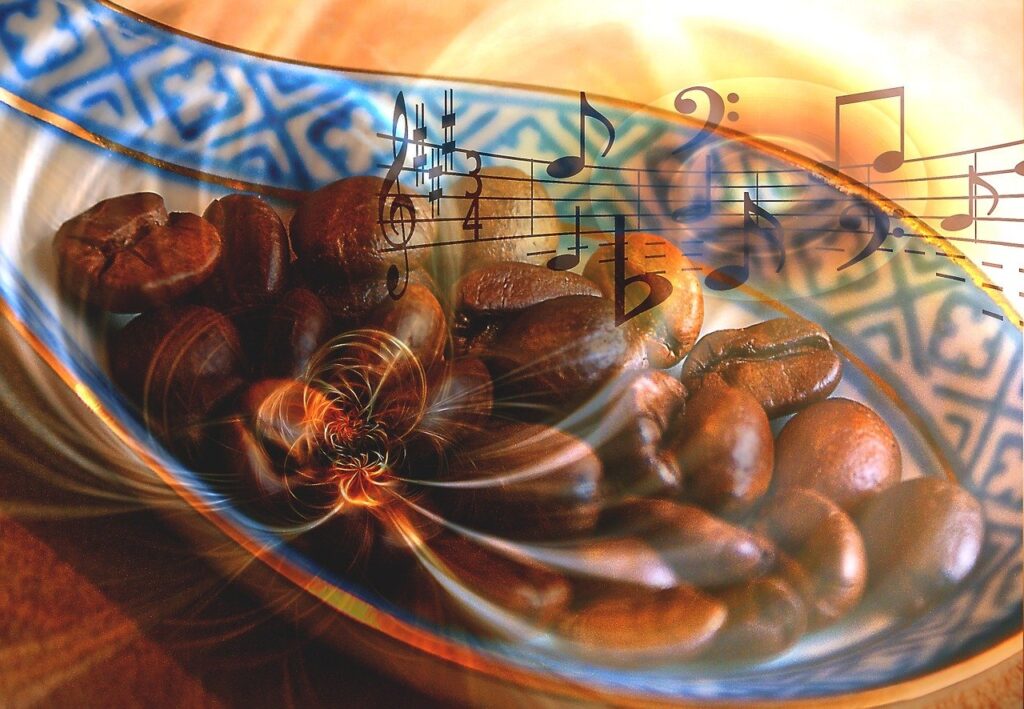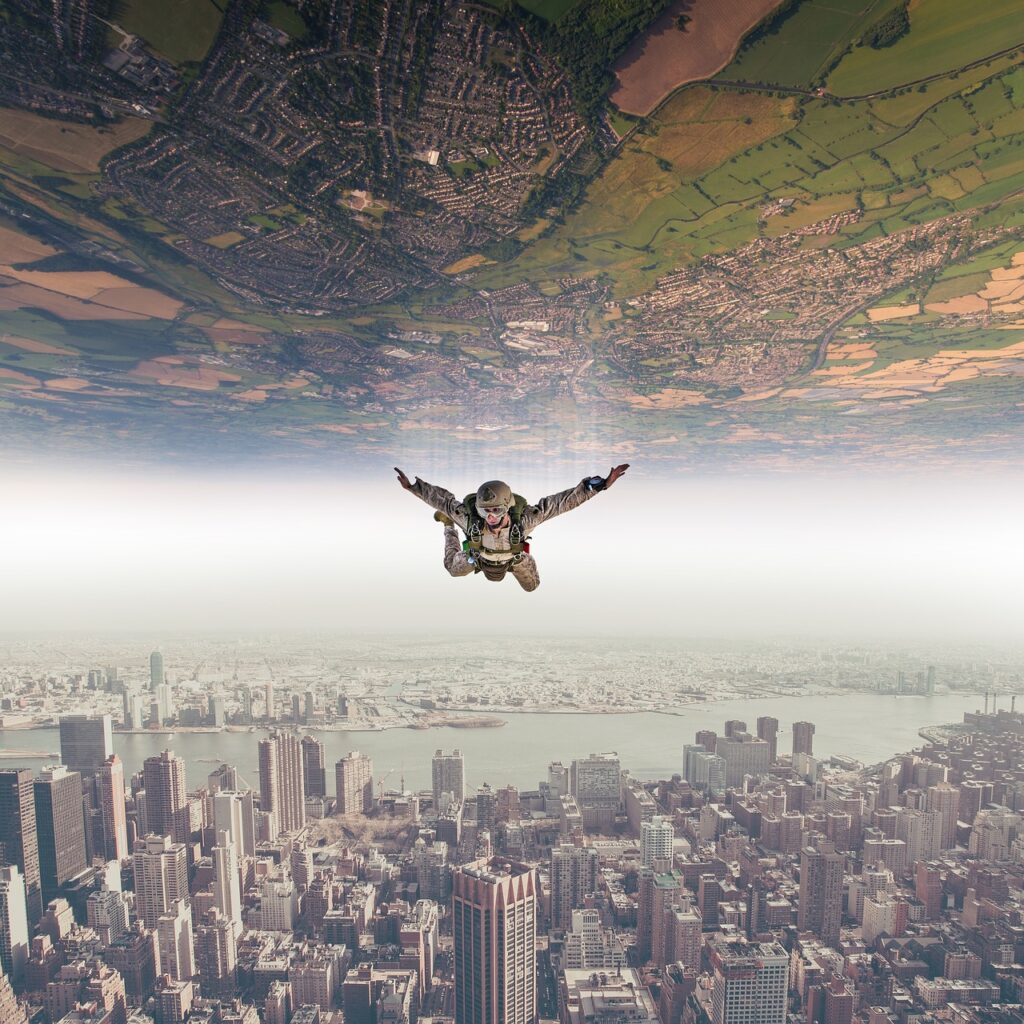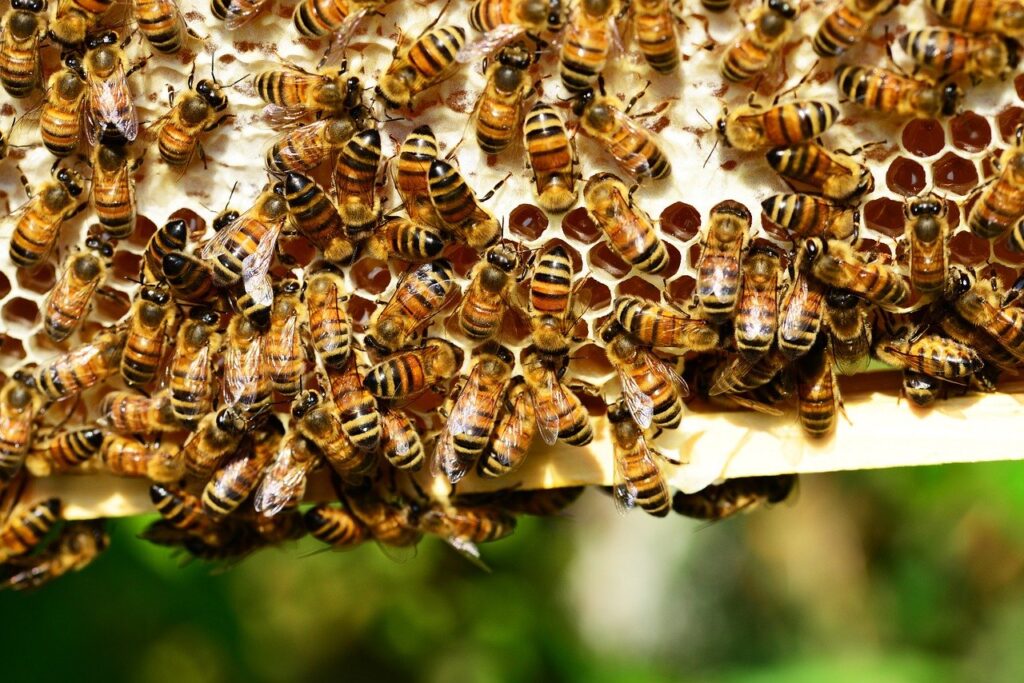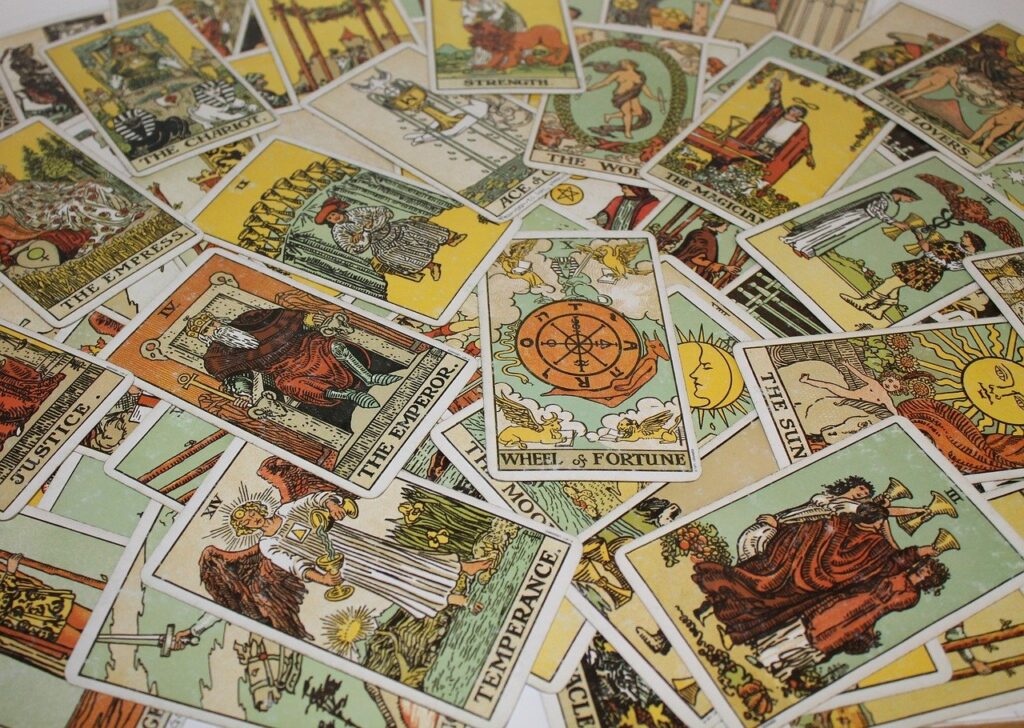
Sometimes I think an archetype is another word for poem.
Successful poems have resonance. The reader ‘feels’ something which connects them to the words on the page or spoken poetry. This can be a similar reaction to the idea of universal archetypes, in particular the way Carl Jung described them.
Archetype comes from the ancient greek for original pattern and Jung identified 12 universal images and symbols found in cross-cultural myths, legends and fairy tales. The twelve are Ruler, Creator/Artist, Sage, Innocent, Explorer, Rebel, Hero, Wizard, Jester, Everyman, Lover, Caregiver. They represent instinctive understandings and recognition.

Poems work when they tap into something inside of us. A poem can shock or surprise, or simply resonate on an individual level. It might remind us of an experience or someone we once knew, and until that moment, the recognition may have existed unconsciously, only rising to the surface in response to stimuli. When this happens the effect can be powerful.
Jung proposed the deeper part of the psyche had two layers of unconsciousness, the personal and the collective. The personal unconscious was a unique collection of personal experiences, while the collective unconscious contained the archetypes, a set of universal emotions surrounding the characteristics of, for example, mother, child, trickster or expectations around life events such as birth and death.
Today. much has been written about the social construction of reality and how individuals are products of their environment. However, I think most people are aware of experiences which suggest something deeper may be going on. For example, seeing a bonfire at night, a full moon or the sound, sight, and smell of the sea, often seem to tap into something primeval and universal which can’t always be easily explained.

A successful poem can have a similar effect. It touches us but we’re not always sure why while suggesting a link between poetry and archetypes also raises the often asked question – what is a poem?
This week, I read poet Wendy Pratt’s reflections on the writing of her new collection When I Think of My Body as a Horse. Wendy shares some thoughts on poetry as a process of trying ‘to locate the thing that is beneath the words‘. This sounds to me a bit like another way of saying there could be a relationship between the poem and universal concepts such as archetypes.

Wendy describes poetry as a ‘translative process’ and writing a poem involves trying to
‘…locate the thing that is beneath the words….poetry is the thing that emerges from between the lines, from between the thoughts that are created out of a need to define or rationalise life.
We need creativity to ‘manage our thoughts, we need that translative device to make sense of the instinctive animal part of us which sits below the higher thinking, problem-solving part of us. Poetry, then, sees the animal that is the instinct beneath the skin that is higher thinking self, it sees the truth beneath the words, the truth of ourselves. That’s how I see it.’
Reading this reminded me of a piece I wrote about the nature of poetry several years ago, which used the analogy of Avicenna’s thought experiment known as the Floating Man. This imagines human existence beyond the senses. The person floating in air is disconnected from touch, hear, taste or smell but still has consciousness. For me at that time, a poem which achieved resonance spoke of universal experiences. I aligned this with the concept of floating and being forced into the different type of awareness. This comes when we’re removed from the crutch of day-to-day reality, to be jolted into the recognition of something we didn’t see coming.

I also included a connection to the oral tradition of poetry, such as Homer, which tended to be fluid rather than fixed. Every time the Iliad and the Odyssey were told there were changes in style and detail, but the core message always survived. I suggested this idea of an unchanging core lay at the heart of poetry today, when it speaks of the universal aspects of life which readers recognise and identify with. Compared to the oral tradition, fixing a poem as text on the page is probably a damaging thing to do. The challenge for poets is to make their words light enough to float and create space where the reader can slot in their own interpretation.
Here’s a final analogy of poetry connected to beekeeping.

A primary form of contact between honey bees is the waggle dance. On a bright sunny day, I watched a bee use its body to tell other bees where a good source of food could be found. The message had movement and shape and in a moment of insight, I realised the dance was usually performed in the darkness of a closed hive. These bees were using a different form of communication, a bit like poetry does.
I think we read poems in darkness. They exist as text, but the response we feel when a poem ‘works’ is something internal. It can’t be seen, only felt in the way a waggle dance exists without sight, and works using different stimuli such as vibration. To return to Wendy’s post, we need a ‘ translative process’ and maybe this is can be understood as interpreting a message received from the darkness of the subconscious where archetypes still survive.
The next post will look at how tarot cards use archetypal symbols and how their images can be a useful source of inspiration for poets and writers everywhere.

2 thoughts on “On Archetypes and Poetry”